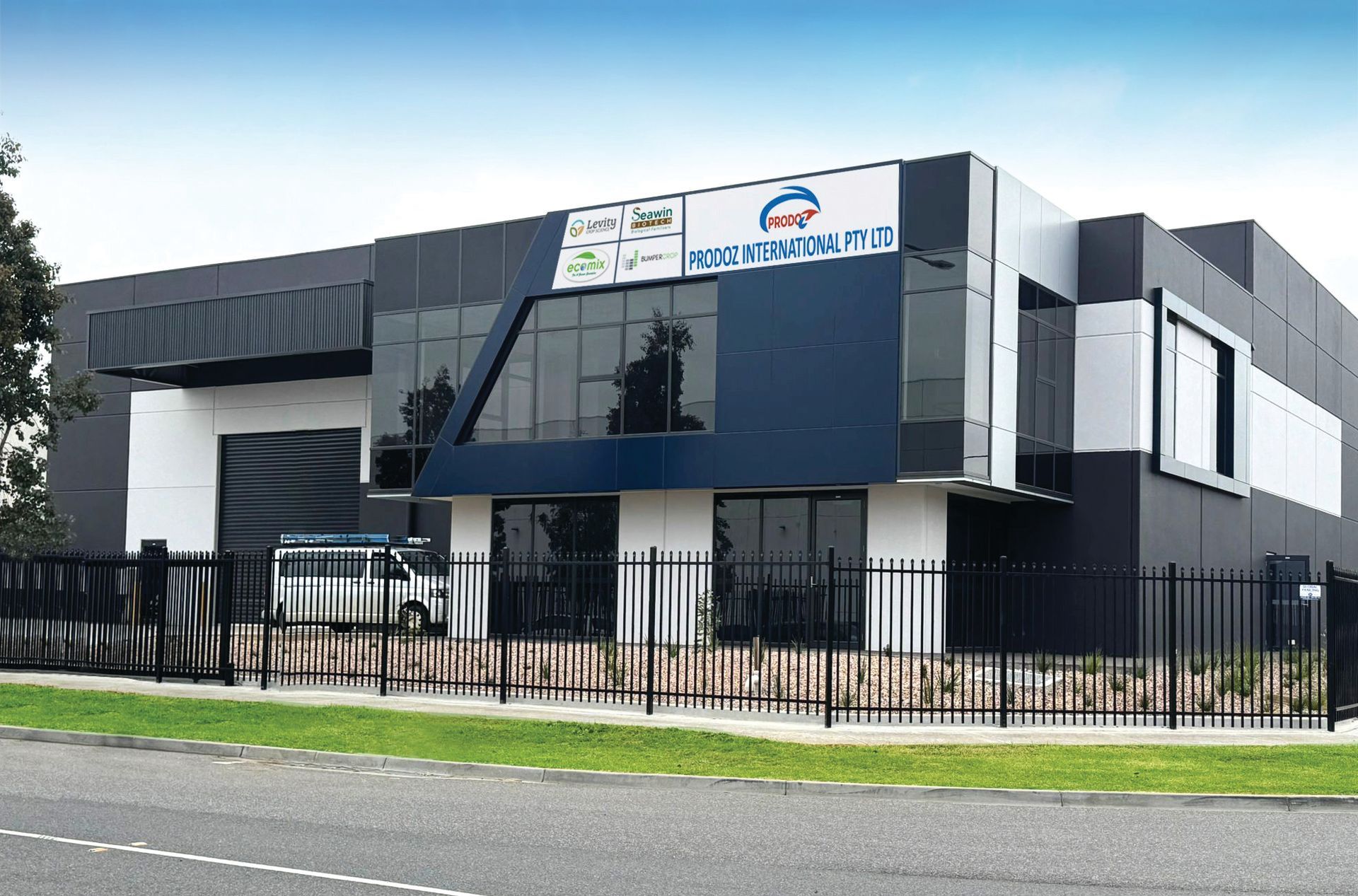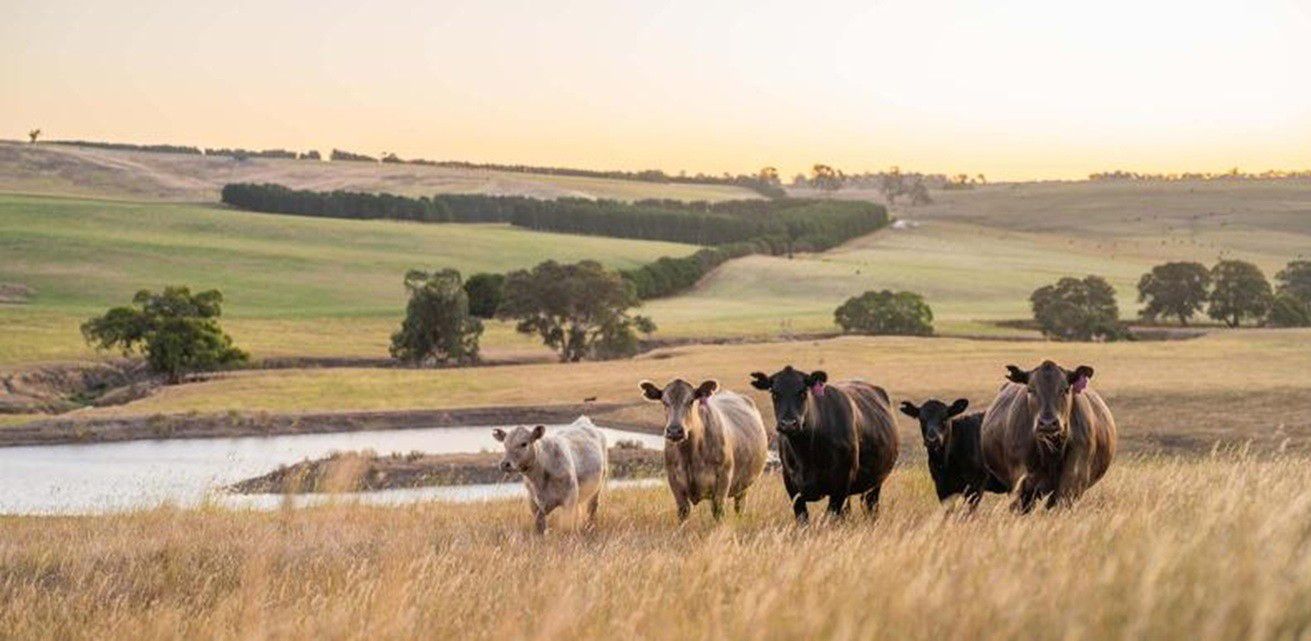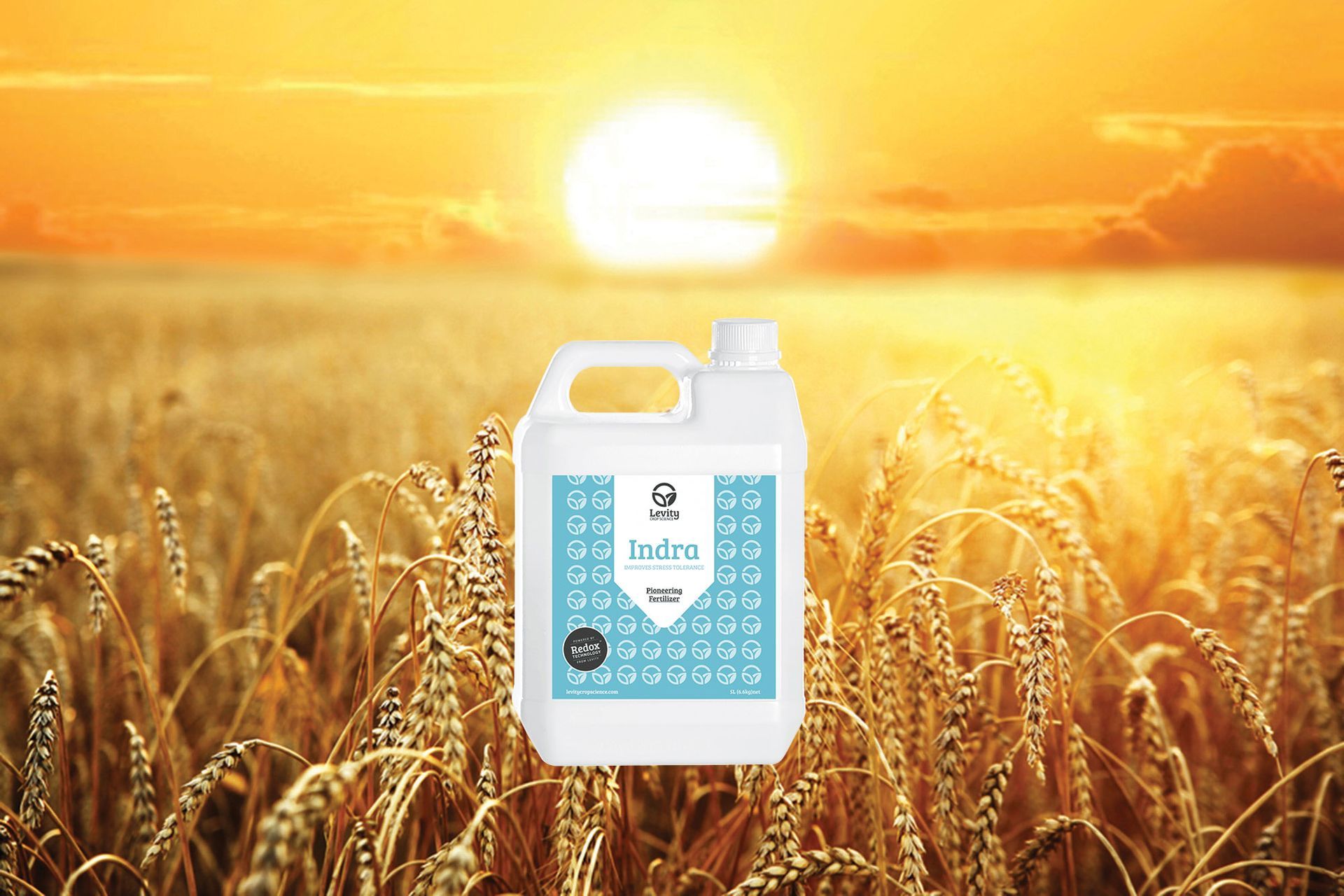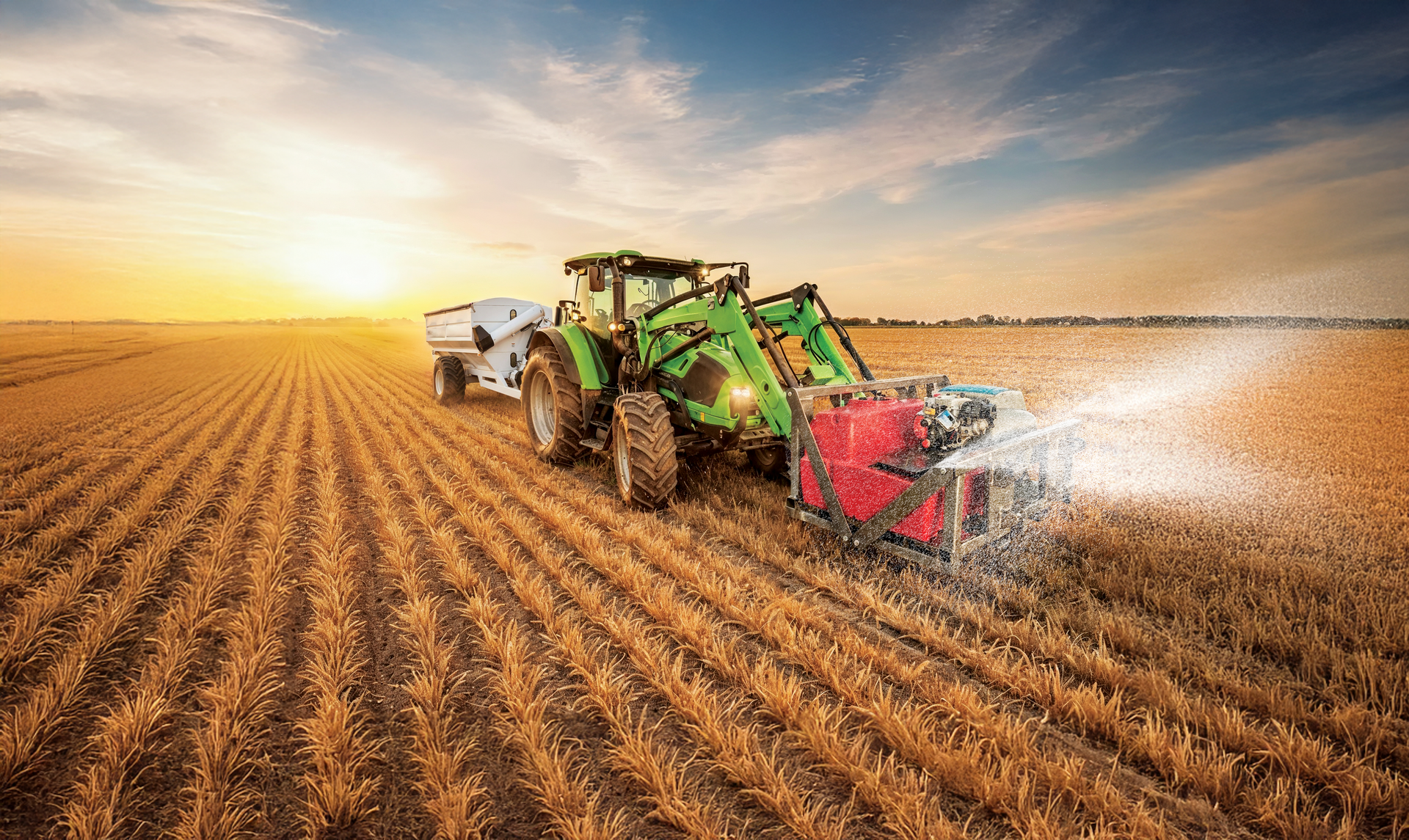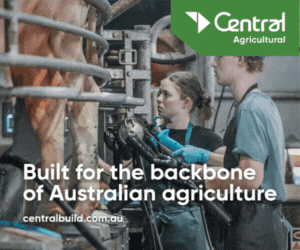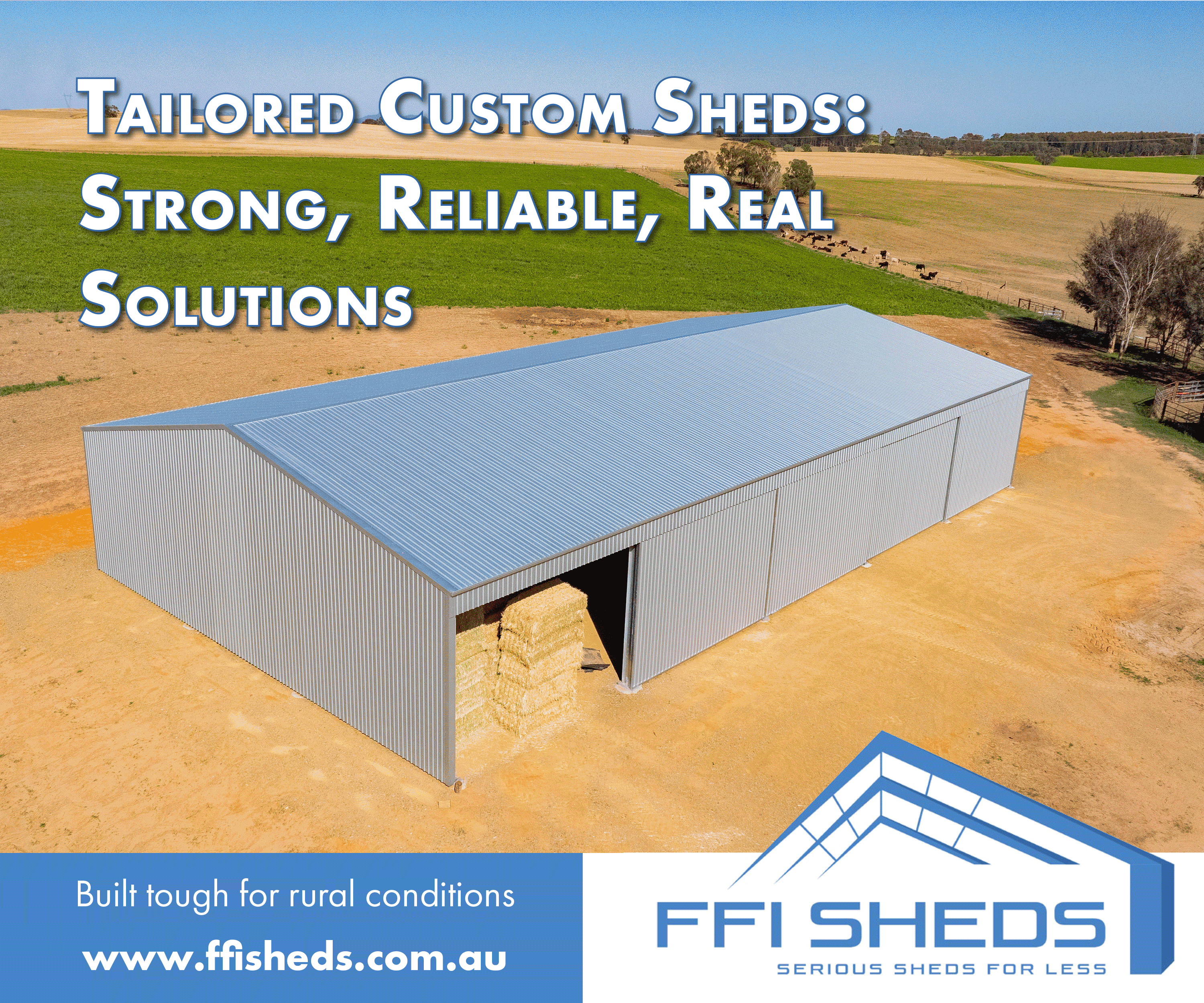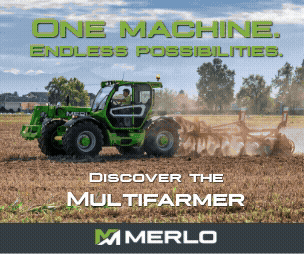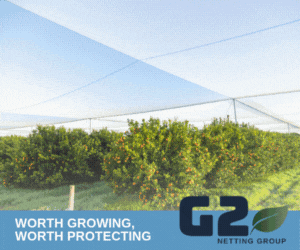1MG FlippingBooks
The truth about carbon on the farm
Known for having achieved his goal of running his farm at carbon zero only to revert to a carbon-emitting model, Mark Wootton is one to watch within his niche – a case study for many progressive farmers. In a recent conversation, he shared his insights into managing carbon on the farm and the key things farmers need to know as the trajectory shift towards carbon zero continues.
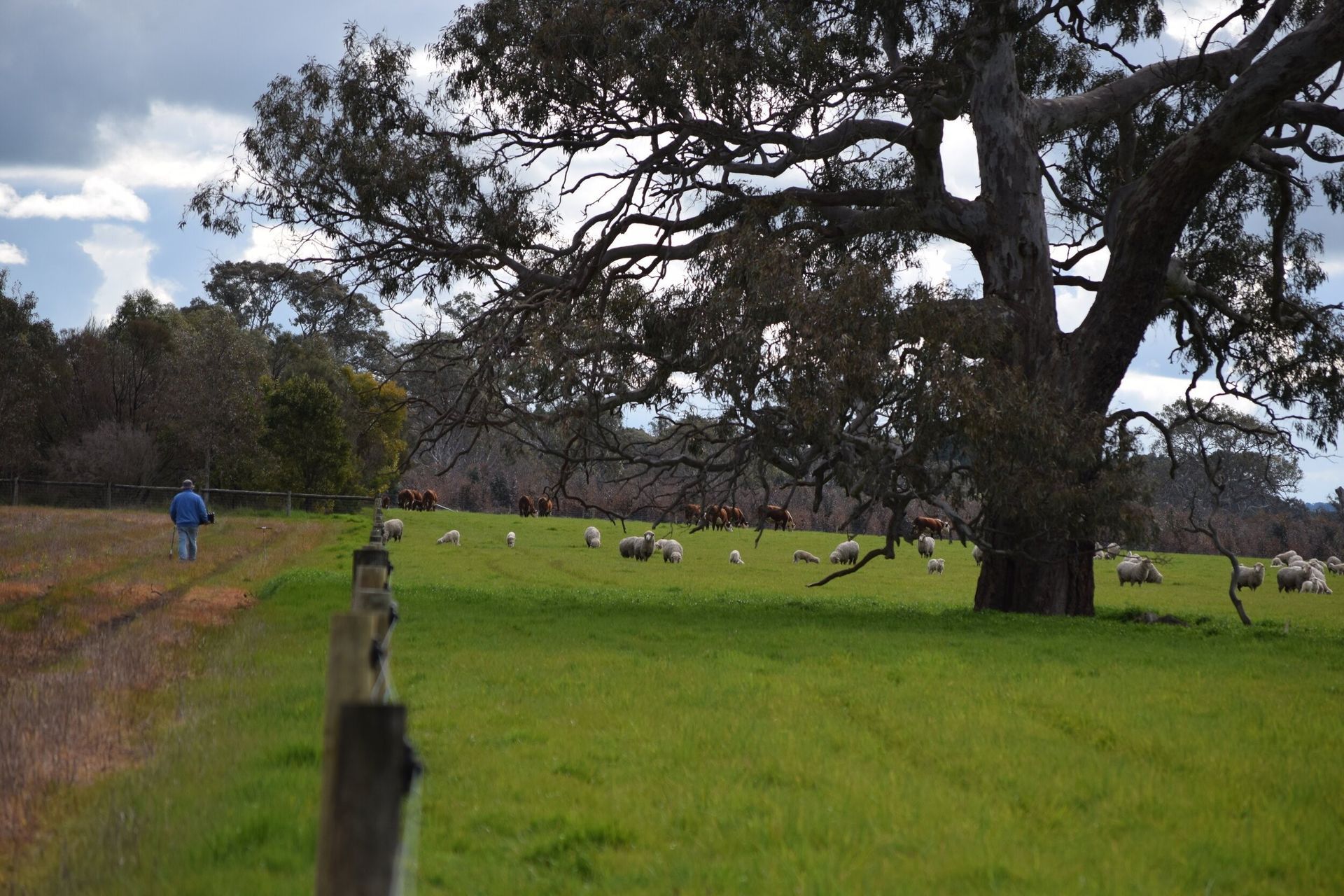
TAF: How did you take your farm to carbon zero?
MW: So initially, there were a number of things. There’s the supply, and then there's the demand side. In terms of carbon dioxide (CO2) or emitting equivalents, it’s predominantly methane. Eighty per cent of that footprint is methane, and then there's nitrous oxide, but then all the rest is really single digit stuff - your car and your energy and stuff like that. First of all, we had to work out what our footprint was. So we went through a carbon audit. And then we discovered that we were producing all of this. Then we said, well, what are we sequestering? There was an audit done on two significant parts, which was at that point in the initial study was our soil carbon. Which then we, in the first study, we're about three and a half percent for organic cut. In, our measurement, and then in the second study, that had reached saturation point, so we couldn't get any more out of it so that in effect, we're back to zero. It's there, but it's not growing.
The largest piece of it was the trees and what they were sequestering. Then at the same time, we were looking at our supply side; we were trying to optimise our fecundity – produce more lambs and more calves per maternal unit – through genetics and management, trees for shelter and better utilisation of pasture. That way, we could match our demand curve - so when the ewe or the cow was lactating, we had feed in front of them. That's management stuff. With that, we created a really carbon efficient operation without using the trees. But then to solve that problem, we had to use the offsets in the trees - or in our context, insets. The language around it gets a bit messy - your offsets could be sold to third parties or you can keep them to yourself or your own system, which is what we've done. We've never sold to third parties.
TAF: How did you measure the sequestration into the trees, and therefore know that you’d reached saturation?
MW: The University of Melbourne came up with a forestry team, and they did a number of things. Initially, they do a sort of Google Map analysis to plot the location of the trees, and then they go out and measure them. On top of that, they brought up drones to measure density and did sampling of a whole bunch – literally going in and measuring the size of the trees. Based on those measures, they were able to say, “On that size tree over that period of time, that's what would have been sequestered.” We have a lot of sampling, so there wasn’t a lot of averaging on our property, but of course that’s an option, because on our land alone there are 700,000 trees – so you’re not going to measure them all individually.
We had a lot of databases and did random transects, choosing sites off the map – so we didn't go choose your juicy spots or something; we chose what was there and then duplicated it through. That's a challenge for your average producer, though – measuring all of their trees.
TAF: How can other producers achieve the same kind of result and should they want to?
MW: The MLA has just put out a new tool, which is much better than the ones we started with. So in that context, what you do is you say, “This is the amount of country you have – soil type, your rainfall, and the type of trees you put in - and that will give you an average of what those trees should do.” It gives you a pretty good rule of thumb for working out your carbon capture, and that's not that hard to do. If you want to go to the next level, then obviously you'd have to engage third parties to do the measurement.
TAF: What are consumers actually looking for when it comes to farmers being environmentally friendly?
MW: So there's two things going on here – there's what they say they want and what they’re actually prepared to spend on, and they’re not always the same, but in our context, at this stage, we're in a quite boutique market of Coles carbon-neutral beef, ZQ, ReGen - it all goes into those North American Sports markets. And so they're quite specialist and those people, I think they're motivated and they’re talking to the people who come through, the intermediaries for these ones; they say, not all consumers are one voice. Some people are doing it for animal welfare reasons. Some are doing it for biodiversity reasons and some are doing it for carbon reasons and some are doing it for all of those reasons. The challenge is, how do you unpack that when someone's purchasing a product somewhere? And someone might just like the packaging. The ultimate test of that is are they prepared to pay? So where's the price point where they're prepared to pay for those things?
The producers of the product for the consumers under the Science-Based Target Initiative who are signing up to that - basically saying we're going to keep the planet under 1.5 degrees warming - they’re the most important thing for farmers, because that's who's gonna be buying our product.
TAF: What’s the difference between transitional soil carbon and proper soil carbon?
MW: There are two key considerations when you're doing any insetting or offsetting: what you do has to be additional - something that you wouldn't have done anyway - and it's got to be permanent.
Transitional soil carbon ebbs and flows – let’s say we have a high rainfall event and lots of vegetation growth. When that vegetation breaks down and decomposes, soil carbon will be very high.
But then we have a drying event, or we overgraze it or something, we will lose that soil carbon, so that's transitional. In terms of proper, it’s permanent soil carbon. So you've had a permanent change in terms of what you're doing. That's the challenge because a lot of these figures that have come through - and there was one last weekend, someone selling carbon neutral heifers and steers in northern New South Wales - the problem with that is he had one year of data. You need at least five years of data to say you have actually had the shift. And that's the problem. In defence of everyone who’s doing it, it’s all new. I'm not having a go at anyone who does it. You just have to learn the space a bit better.
TAF: What do farmers need to know about the future of carbon credits?
MW: There's going to be no price on carbon for agriculture, as far as I can see, going forward, and the market is still totally voluntary. However, if you want to understand what your carbon footprint is and try to get that down, you'll need to make sure that you keep your carbon credits that you could produce for yourself and not sell them off to another Santos or Rio Tinto who wants to use them for their own products.
So this is the battle. There’s only going to be a limited ability for the Australian landscape to sequester carbon. In agriculture, in my view, we’ll need as much of that as possible, because we won’t be able to do it permanently. These parties that are coming now and buying these large swaths of land or going onto other people's farms and paying them to change their methodology, whatever they're doing to get their carbon credits – those people will not be able to use it for their own product, because they’ve already sold it. The problem also is is they may have a covenant sitting on their own property title, to say that they've sold it. So someone in the future can’t come and buy that farm and do the same thing.
TAF: Does that affect the future resale value?
MW: It could, yes. That's the second half of your question: what are the repercussions financially? At the moment, you can take the money and run for 25 to 100 years depending on what scheme you sign up to, and you've got that in your pocket, but later on when you want to keep farming and selling food or fibre, you won't be able to do that again. That’s the challenge for the ag industry.
TAF: Is it possible to improve processes, increase productivity on the farm, and increase financial viability without adding to carbon emissions?
MW: Yes, I think it is. I think you do best practice - and the best practice, relative to what we're doing at the moment, is that you control your controllables. That means you focus on doing the most efficient genetics you can for your product. For lambing, you want a robust animal that takes less to feed and produces more lambs and mothers well. For beef, it’s not dissimilar. It's about genetics, combined with the work being done now on feed conversion - so an animal which eats less to produce the same amount of weight gain or the same amount of calves is obviously going to be more attractive than the one that needs to eat more. The other thing is selecting for high growth. Carbon’s pretty simple. When that animal dies, it doesn’t produce any more methane, so if you have an animal that finishes a month or two quicker than the norm, your carbon footprint will be lower. The best thing you can do is focus on your genetics, focus on utilising pasture well, focus on best practice in terms of keeping your ground cover. All of those things will mean you'll have a lower carbon footprint, and that’s without doing any offsetting or insetting. You'll also end up with more money – but to be in the green, you’ve got to be in the black first.
Ultimately, farmers won't get to carbon zero unless they do some offsetting or insetting somewhere. But if they don't want to do sequestration, because there's no carbon impact, I would still say make your operation as efficient as you can. You'll make more money and you'll be in a better position if you have to do offsets later on because you'll have a much more fertile and productive system.
TAF: What role, if any, does the Integrated Farm and Land Management Method and the ERS exit scheme play in all of this?
MW: We never entered into it. It could be a good method for understanding how to do it and what you have to measure and what some of the limitations are, but I'd only use it as a guideline.
TAF: Is there more that farmers could be doing to minimise carbon emissions? Where should our focus be, industry-wise?
MW: I think when it comes to climate change, everyone should do what they can do, no matter where they are. If you are an electricity producer and you can produce using renewables going forward, that I think you're honour-bound to do that, so you should be focusing on that, not trying to buy offsets of farmers who don't have those choices. Yeah, we haven't got tools in our toolbox that we can just go and grab as an alternative, because we've got these methane-emitting animals that need to keep emitting methane. So that's my argument: everyone needs to be responsible, and we just can't keep taking coal and gas out of the ground and burning it as we have been doing because it's not sustainable for the climate.
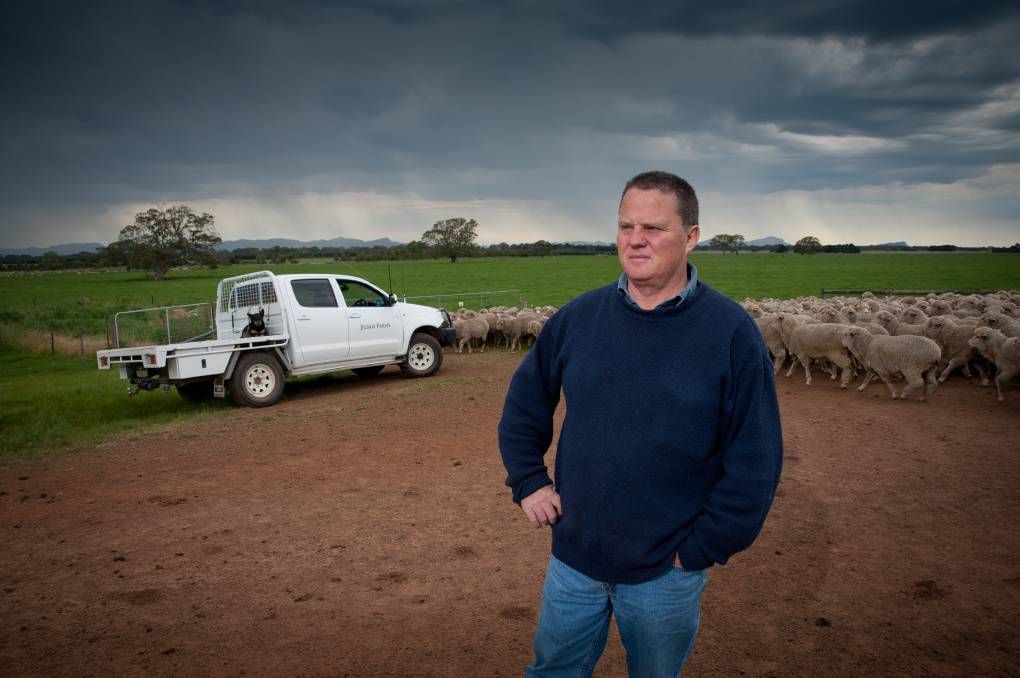
Mark Wootton is a pioneer of carbon-neutral farming operating Jigsaw Farms, a 3378-hectare family property in Western Victoria.
